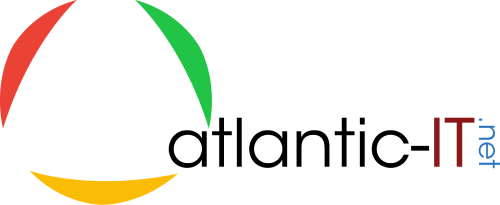How Much is Outdated Technology Costing Your Business?

Outdated technology in the workplace is creating hidden but significant financial losses for U.S. businesses, according to a new study from Samanage, an enterprise service management software company. More than a third of employees (36.8 percent) say their company’s technology is outdated, hindering productivity and encouraging employees to seek their own IT solutions.
The firm’s State of Workplace survey found that workers spend an average of 520 hours a year on repetitive tasks that could easily be automated, including password reset requests, new employee onboarding, contract review and approval, and more. Based upon the average national hourly wage of $25.39, this translates to businesses losing $13,202.80 per employee per year on unproductive tasks. With a U.S. labor force of more than 140 million workers, this equates to a collective loss of $1.8 trillion annually.
In addition to lost time and money, the survey found that many employees are using “shadow IT” solutions to get the functionality they need. Nearly one in five workers (18.2 percent) admitted to downloading and using an application without their IT department’s knowledge. Survey respondents said that automating non-essential tasks (20.2 percent), having access to a more mobile-friendly device (12.2 percent) and using cloud-based apps to access work documents (9.5 percent) would help increase productivity at work.
Outdated technology costs businesses in other ways as well. Older equipment is more prone to failure, increasing operational costs and the risk of downtime. Maintenance contract costs also increase as technology ages, and replacement equipment gets harder and harder to find. In addition, aging hardware may not be capable of meeting the performance demands of the latest business applications, putting your organization at a competitive disadvantage.
Hardware and software that are considered “end of life” are no longer supported by the manufacturer and don’t receive critical security patches and updates. This increases the risk of a security breach and noncompliance with industry and government regulations for data protection.
When you consider the costs of maintaining older equipment, you may find that it makes economic sense to invest in technology upgrades. Few organizations can manage this all at once, so it’s important to perform a risk assessment and prioritize equipment that is critical to day-to-day operations. As yourself these questions:
- If a piece of hardware were to fail, how would that impact your organization?
- What equipment is end-of-life, or will be within the next year?
- Is any equipment out of compliance with your security policies or regulatory requirements?
- What systems are hampering productivity?
Once you have a list of the most critical upgrades, you can create a plan and budget for bringing your IT environment up-to-date.
Many organizations continue to use equipment beyond its useful life because the equipment still works. If it ain’t broke, don’t fix it – or replace it. However, continuing to use hardware or software simply because it continues to function comes with significant costs and risk. Let Atlantic-IT.net, your outsourced IT department, assess your environment and recommend IT solutions that can boost productivity and deliver competitive advantage.





